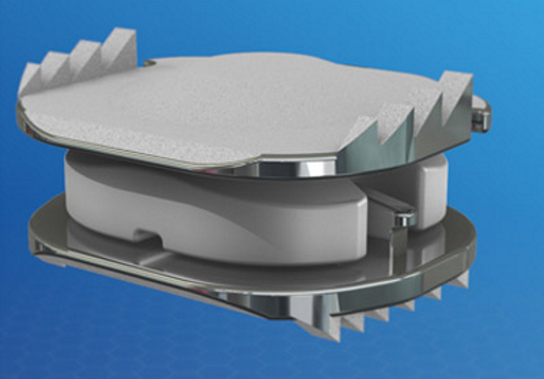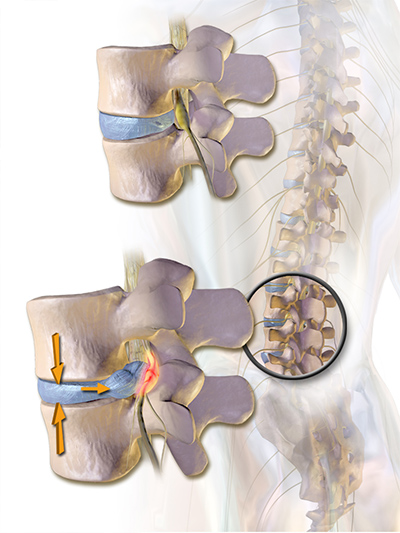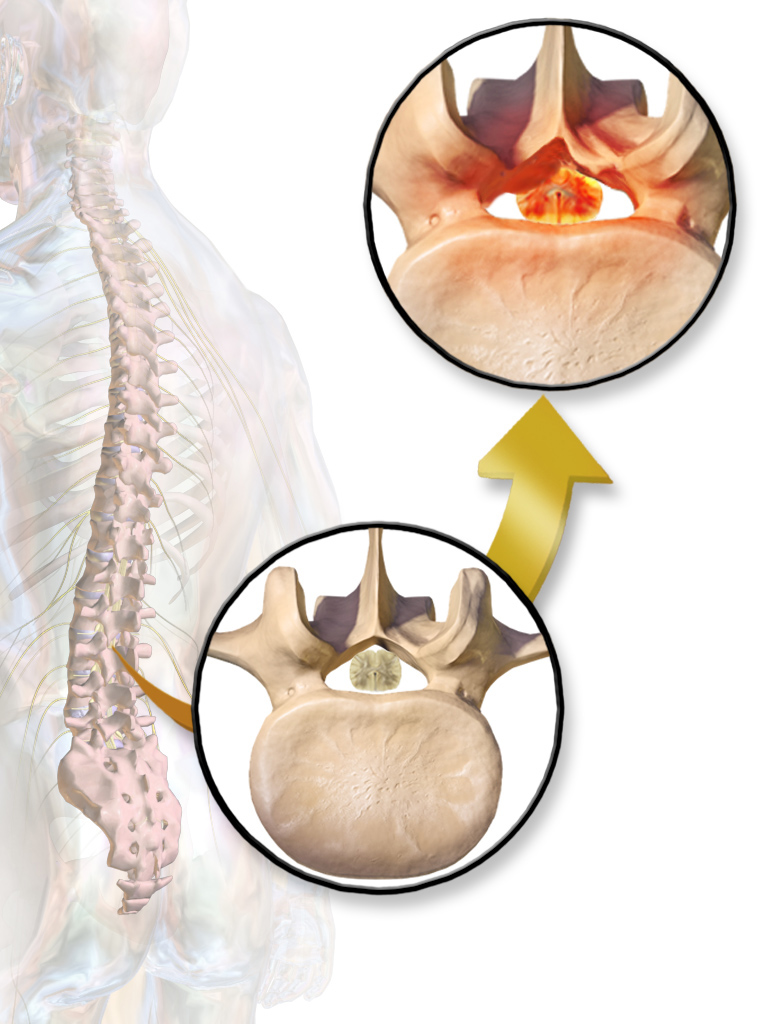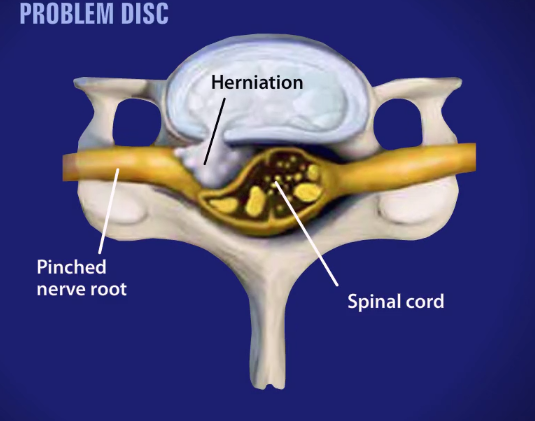Dr. William Bookwalter – Neurosurgeon
Dr. Bookwalter has performed the most outpatient procedures of any spine surgeon in the Pittsburgh area.
Dr. William Bookwalter is the principle surgeon and founder of Pittsburgh Spines. His is board certified in Neurological Surgery from the American Board of Neurological Surgery. Based on research that began in 1990, Dr. Bookwalter published the largest series of ambulatory spine procedures in world literature in 1994. With over 30 years of experience his professional resume is distinguished and well recognized across the globe. His skills allow utilization of the absolute latest techniques and the use of cutting edge medical equipment to maximize mobility and minimize recovery time. At Pittsburgh Spines the accolades we care most about are from our patients themselves:
“Dr. Bookwalter performed a double hemi laminectomy discotomy and I had great results. No problems for 5 years but recently I was getting back pain in the same area. His staff got me in right away and ordered an MRI. After reviewing the results I was prescribed a care plan. Excellent.”
“This physician was willing to listen to my questions and concerns and address them. It was obvious he had exceptional knowledge in his area, and I trusted his advice/decision-making process. I plan to stay with him for my particular health problem in the future.“
Pittsburgh Spines is Dr. Bookwalter’s dream of a practice where patients can spend ample time with their doctor, have all their questions answered, and be treated with dignity and respect at every single interaction.
Sometimes Motion Cannot Be Preserved…
The mission of Pittsburgh Spines is to promote motion preservation. We specialize in outpatient procedures that maximize movement and minimize recovery time. However, there are occasions when a patient has significant instability in the lumbar spine.In these situations, I have found that minimally invasive procedures may not be optimal. While I’m often able to buy patients 6 to 18 months of leg symptom relief, the bone removal required to decompress the nerve roots may render the spine more unstable. When this is the case, fusion is almost always the most appropriate option. Over the last 15 years, I have routinely worked with a spine-trained orthopedic surgeon, Dr. Jon Levy. We have a very good working relationship and studies support that the combination of a neurosurgeon and spine trained orthopedic surgeon results in better outcomes and fewer complications. I am best able to make the decision regarding the appropriateness of fusion based on the clinical presentation of the patient and the radiographic studies. It has always been my policy over the years to make the recommendation to patients of what I feel to be the most appropriate procedure at their time of presentation.






